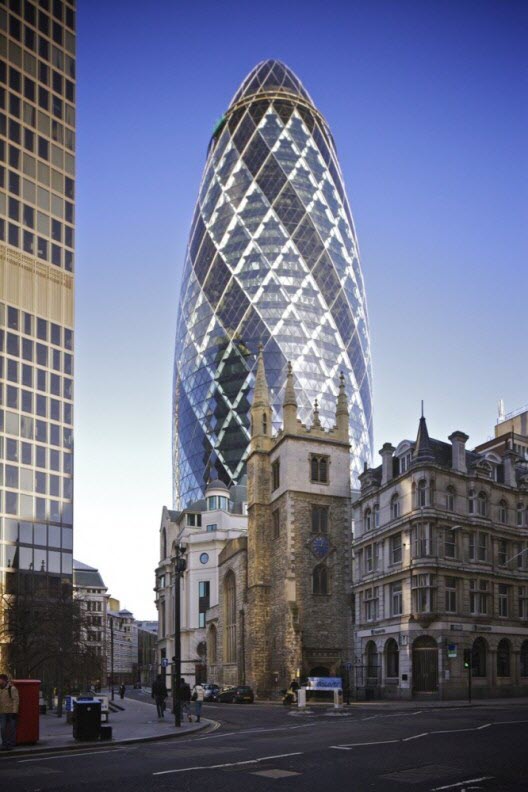
Over the past few decades, the understanding of “green” in buildings and construction has been overwhelmed by the concept of sustainability of the construction materials, at the cost of the ignoring the actual energy consumption of the building itself. In the United States the thought monopoly of the LEED standard has resulted in all new construction aspiring to various levels of LEED certification by proving degrees of “sustainability”. Unfortunately this narrow vision of sustainable design has shifted the emphasis from energy efficient construction, leaving a large number of these green buildings amongst the worst culprits in terms of energy wastage. While such architectural malpractice has enraged critics of the LEED system the increasing awareness of such problems is causing the government to pay more attention. The current federal emphasis on energy efficiency in buildings is a new and encouraging part of a "true green" revolution. New York City's recently released study of energy efficiency in large buildings caused a stir, as it pointed out the energy profligacy of the city's most beloved buildings and the inefficient nature of some its most highly touted "green buildings".
BuildForward's mission is to impact the carbon footprint by a clearly directed emphasis on construction techniques that will result in buildings that use the least amount of energy. Given the abysmal energy consumption of the existing real estate footprint, we believe that it is essential that a funding program for any “green construction” have a singular focus on the energy aspect – something that has been lost over the decades in “green” conversation.